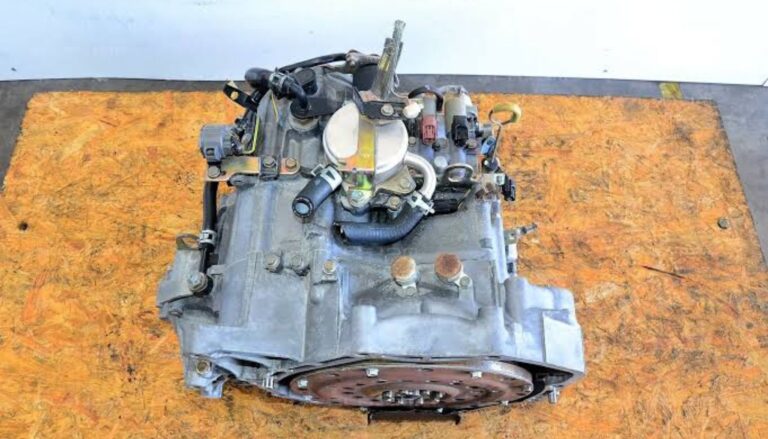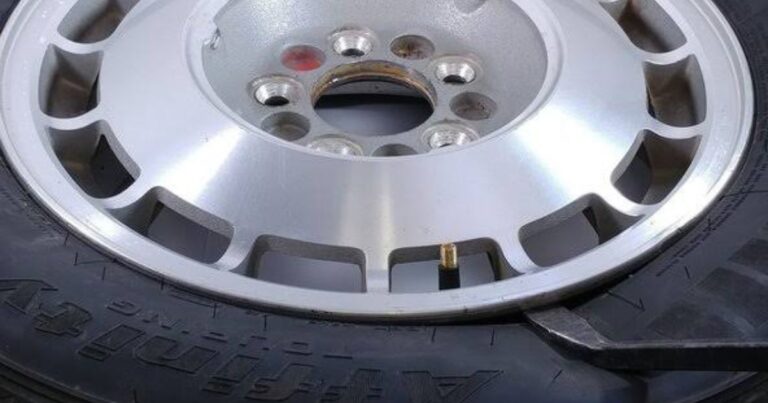
Yes, a front-wheel-drive (FWD) car can benefit from a 4-wheel alignment, even though only the front wheels are powered by the engine. Many people assume that FWD vehicles only need a 2-wheel alignment (front-end alignment), but that’s not always the case. Depending on your car’s suspension setup and how it’s driven, all four wheels may require alignment to ensure optimal handling, tire life, and safety.
Let’s explore why a 4-wheel alignment may be necessary for front-wheel-drive cars and when it’s the right choice.
What Is a 4-Wheel Alignment?
A 4-wheel alignment means that adjustments are made to all four wheels to bring them back to the manufacturer’s specifications. It ensures that:
- All wheels are properly aligned with each other.
- The suspension angles (camber, toe, caster) are corrected.
- The vehicle drives straight and tires wear evenly.
During a 4-wheel alignment:
- The front wheels are adjusted for toe, camber, and caster.
- The rear wheels are adjusted for toe and camber (if the suspension allows for adjustment).
Does a Front-Wheel-Drive Car Require 4-Wheel Alignment?
Yes, in Many Cases
While FWD vehicles primarily rely on the front wheels for power and steering, the rear wheels still play a crucial role in the vehicle’s handling and stability. If the rear wheels are not properly aligned, it can:
- Cause uneven tire wear.
- Lead to poor handling and pulling to one side.
- Make the vehicle unstable at high speeds.
If your FWD car has an independent rear suspension, it is more likely to need a 4-wheel alignment because the rear wheels can be adjusted separately from the front. On the other hand, if your car has a solid rear axle, a 2-wheel alignment might be enough, unless the rear has been damaged or misaligned.
When Does a Front-Wheel-Drive Car Need a 4-Wheel Alignment?
1. After Hitting a Pothole or Curb
Even a minor impact can throw off the alignment of both the front and rear wheels.
2. After Suspension Repairs
If you’ve replaced suspension components (shocks, struts, control arms), a 4-wheel alignment ensures everything is in proper position.
3. Uneven Tire Wear
If you notice uneven wear on the rear tires, it could be due to rear alignment issues.
4. Poor Handling or Steering Issues
If your car pulls to one side, the steering wheel is off-center, or you experience unstable handling, it could indicate alignment issues at both the front and rear wheels.
5. Routine Maintenance
Many manufacturers recommend checking alignment periodically, typically every 12,000 to 15,000 miles or once a year.
Benefits of a 4-Wheel Alignment on a Front-Wheel-Drive Car
1. Improved Tire Life
Proper alignment reduces uneven tire wear, helping your tires last longer and saving you money.
2. Better Fuel Efficiency
Misaligned wheels create rolling resistance, forcing the engine to work harder and burn more fuel. A 4-wheel alignment can improve fuel economy.
3. Enhanced Handling and Safety
When all four wheels are properly aligned, your car tracks straight and feels more stable, reducing driver fatigue and improving safety.
4. Smoother Ride
A properly aligned suspension system ensures a smoother and more comfortable ride.
Difference Between 2-Wheel and 4-Wheel Alignment
How Much Does a 4-Wheel Alignment Cost?
- A 2-wheel alignment typically costs between $50 and $100.
- A 4-wheel alignment usually costs between $100 and $200, depending on the vehicle type and location.
It’s a good idea to have your alignment checked if you’re replacing tires, experiencing uneven wear, or notice changes in handling.
Conclusion
Even though a front-wheel-drive car primarily uses the front wheels for power and steering, a 4-wheel alignment can still be necessary. It helps ensure proper handling, extends tire life, and provides a safer, more efficient driving experience. Whether you need a 2-wheel or 4-wheel alignment depends on your vehicle’s suspension design and any issues you may be experiencing.
If in doubt, ask your mechanic for a wheel alignment check to determine which service is best for your car.
FAQs
Do All Front-Wheel-Drive Cars Need 4-Wheel Alignment?
Not always. It depends on the suspension design. Cars with independent rear suspension often benefit from 4-wheel alignment, while those with a solid rear axle may only need a front-end alignment.
How Often Should You Get a Wheel Alignment on a FWD Car?
Generally, every 12,000 to 15,000 miles, or if you notice signs like pulling to one side, uneven tire wear, or after hitting a curb.
Can Misaligned Rear Wheels Affect Front Wheel Alignment?
Yes. Misaligned rear wheels can cause steering issues, pulling, and uneven tire wear on the front wheels.
How Do I Know If My Front-Wheel-Drive Car Needs an Alignment?
Common signs include uneven tire wear, the steering wheel being off-center, pulling to one side, or vibrations while driving.
Is 4-Wheel Alignment Worth It?
Yes. It provides a comprehensive adjustment for all wheels, ensuring better handling, safety, and tire longevity, even on front-wheel-drive vehicles.
Also Check:
• Does a 1998 Suburban Have to Have Alignment Done?
• Does a 1999 Car Need Emissions Testing?
• Does 4×4 Mean 4 Wheel Drive?





